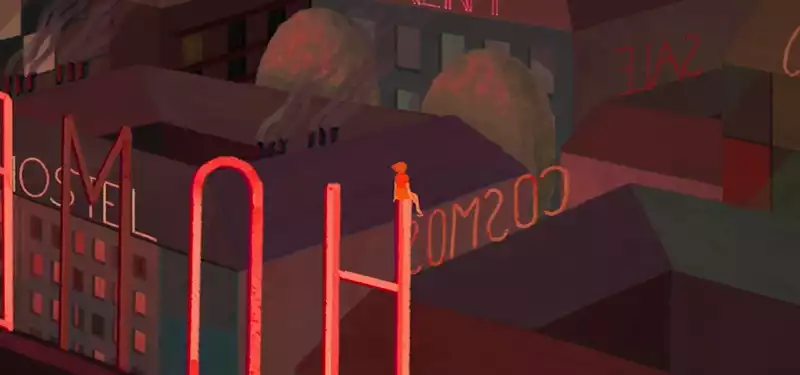Jan 4, 2024
Interview with Oscar Nominee: Director Flora Anna Buda on Her Favorite Shot in "27" (Exclusive Interview)
With awards season in full swing, we asked the producers of the 15 films nominated for this year's Academy Awards for Best Animated Short to share their favorite shots from their films and why. Each film is listed in the order in which the materials were received.
In this piece, we take a look at filmmaker Flora Anna Buda's "27." The film had a great year in 2023, winning both the Palme d'Or for Best Short Film at the Cannes Film Festival and the Crystal Award for Best Short Film at the Annecy International Film Festival, as well as being nominated for the European Short Film of the Year at the European Film Awards.
"27" is the story of Alice's celebration of her 27th birthday. An adult by all accounts, she is still living with her parents and her nosy little brother, which is a bit stifling. Feeling stuck, she regularly disappears into dreams to escape her boring routine. After a psychedelic party on a factory rooftop, she gets drunk and is involved in a serious motorcycle accident. But will facing death help her gain control over her life?
In this shot, Alice seems to be this little person, alone and surrounded by the chaos of a city full of opportunities that she can't really take advantage of because of her financial difficulties. For me, it visualizes a psychological state of being rather isolated because I experience a kind of minority complex and feel embarrassed and discouraged to communicate my struggles. Few people are in a position to speak out about their economic difficulties, mental struggles, and true desires without being criticized, considered a victim, scorned, or pitied. This represents a rather dramatic state of mind in which one does not feel that one belongs to society, whether in friendships, family, or even in one's own national or cultural background. It is generally considered a form of escapism when one can visualize this state of mental detachment, staring into nothingness and leaving one's body for a moment.
I wanted to show the city as a very active character in this dynamic. The city appears as part of the journey and is supposed to play the role of this exciting, fascinating, but also mirage-like entity. It is something that is not available to Alice, and she feels like a tiny seagull compared to the power of this vibrating vibrancy around her.
As for the composition, I wanted the viewer to feel dizzy, to experience the enormous void that surrounds the characters and the entire city below. In the first draft of the script, the security guards were supposed to come and remove Alice from the club at this point - something that happened in real life - but after discussions with editor Albaine du Plessix and producer Emmanuelle-Alain Raynal, we concluded that this would disrupt the flow of the story and the rhythm of the film. They concluded that it would disrupt the flow of the story and the rhythm of the film, and decided to keep it as a memory.
Music and sound design also play an important role in this scene. We chose "Possible," composed by the fantastic musical duo Comity. The song has an industrial feel to it, but the rhythm adds a nervous pulse tempo and a layer of pathos that is well reflected in the vibrating city lights, which are also emphasized in the sound design by the excellent work of Peter Benjamin Lukasz, who supports Alice's dramatic stance. He uses sound effects like electronic glass to make the city feel like a living, parasitic, fluorescent nervous system that moves in a lovely way.
It is my favorite shot. Because it was the most difficult to design and to paint such a detailed composition with so many colors, and I felt like I grew up in the process. Besides, it is also an important narrative moment that sums up the whole drama of 27 years old. I remember the first time I saw this shot completed during sound mixing, I felt a sense of satisfaction seeing and hearing the hard work of the entire team. In this shot, I wanted to portray a very ordinary young man who could have died like a rock star at the age of 27 if he made one wrong move. Because this shot helps to shine a spotlight, at least for a moment, on this vulnerable future generation, as we all once were.
Read other entries in the series so far:
.



Post your comment